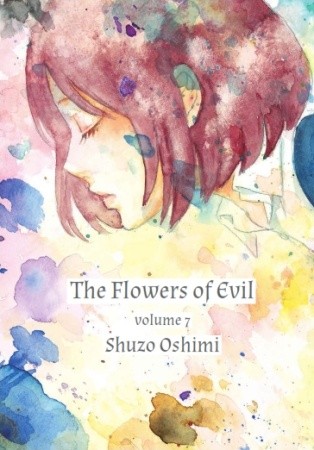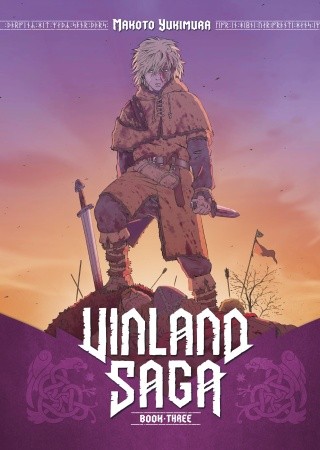Creator: Hinoki Kino Original story: Atsuko Asano U.S. publisher: Kodansha ISBN: 9781612623603 Released: April 2014 Original release: 2013 I was rather pleased when Kodansha Comics licensed …
Manga Giveaway: Fullmetal Alchemist Giveaway Winner
And the winner of the Fullmetal Alchemist Giveaway is...Naomi! As the winner, Naomi will be receiving a copy of the first Fullmetal Alchemist omnibus released by Viz Media which collects the first …
Continue Reading about Manga Giveaway: Fullmetal Alchemist Giveaway Winner →
My Week in Manga: April 28-May 4, 2014
My News and Reviews I was in Texas for much of last week, attending a conference for work, but I was still able post a few things here at Experiments in Manga. The most recent manga giveaway is …
Continue Reading about My Week in Manga: April 28-May 4, 2014 →
Vinland Saga, Omnibus 3
Creator: Makoto Yukimura U.S. publisher: Kodansha ISBN: 9781612624228 Released: April 2014 Original release: 2007-2008 Awards: Japan Media Arts Award, Kodansha Manga Award Vinland Saga, an …
Bookshelf Overload: April 2014
Well, I knew at the beginning of the month that April was going to be rough on my wallet, what with all of the preorders and such that I had in place. Fortunately, I also had a couple of gift cards to …
Manga Giveaway: Fullmetal Alchemist Giveaway
It's the last Wednesday of April (not to mention the last day of April) which means it's time for the monthly manga giveaway here at Experiments in Manga to begin! This month you have the opportunity …
Continue Reading about Manga Giveaway: Fullmetal Alchemist Giveaway →



